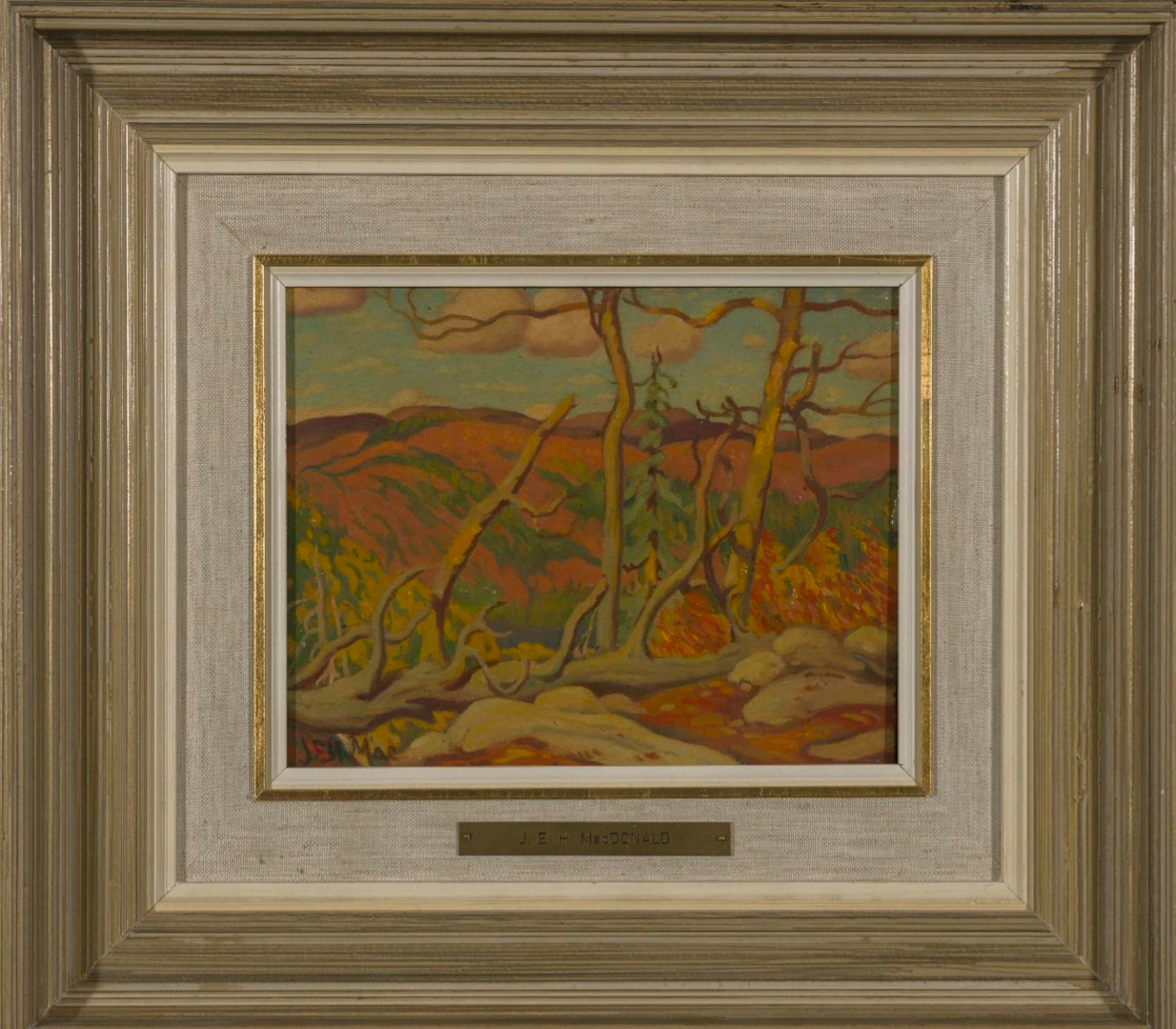The Flood Continues
J.E.H. MacDonald, painted by William Firth MacGregor and faked by Neil Sharkey. Purchased in 1962 at Ward-Price Auctions in Toronto by Dr. Gordon Chambers. One of the Chambers purchases of an alleged work by J.E.H. MacDonald has a hand-written authentication signed by MacDonald’s son Thoreau.
This was the week that was. After a lengthy investigation, eerily like the Great Canadian Art Fraud Case of 1962-64, the perpetrator in the Norval Morrisseau scandal was sentenced to five years of imprisonment in His Majesty's jails in Canada.
The stakes were high---in the millions—and the sentence reflected the severity.
The flood of fakes essentially destroyed the market for paintings by Morrisseau.
If that was not enough for one week, The Vancouver Art Gallery announced that the saga of the curiously discovered paintings by J.E.H. MacDonald of Group of Seven fame, which were allegedly buried in a garden---purchased by a collector and donated to the Gallery, was finally deemed to be faked.
More than one art historian saw a reputation in tatters because he defended the authenticity of these highly suspect paintings.
The announcement suggests that A. J. Casson had also authenticated the paintings. Dr. Casson is not alive to defend himself. I have had the privilege of reviewing the extensive oral history of Casson’s life recorded by Alan Collier. There is no reference to these alleged MacDonald paintings from a garden. (This perhaps gives new meaning to “The Tangled Garden”.)
Is it possible that the “buried in the garden story” is a myth and these paintings were produced in the 1960s at the time of The Great Canadian Art Fraud Case that sent Leslie W. Lewis and Neil Sharkey to jail?
Could these paintings have been the work of William Firth MacGregor commissioned by Sharkey?
Who knows?
